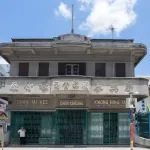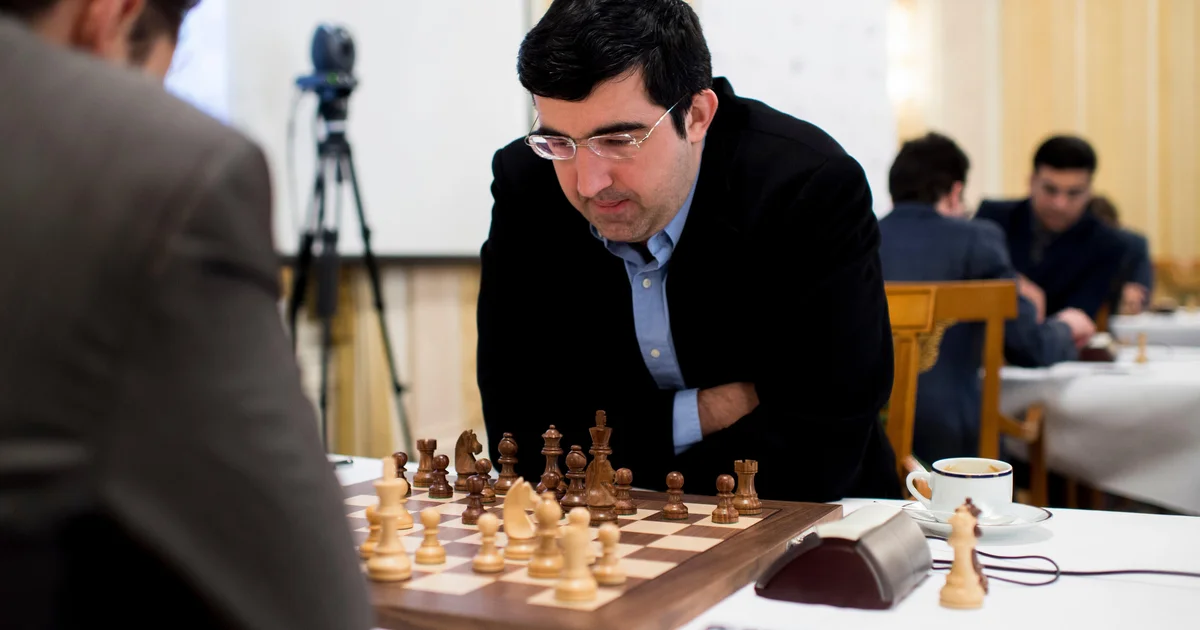Copyright macaudailytimes

The government is reportedly reclaiming the long-vacant Inner Harbour Pier 11, also known as “Kwong Hing Tai Pier,” prompting a local cultural entrepreneur to call for careful consideration of its future planning and development, emphasizing the importance of preserving historically significant sites. Commonly known as “Pier 11,” Kwong Hing Tai was once Macau’s largest fireworks factory, representing an era when the city’s streets were filled with the mingled scents of gunpowder and sea breeze. Records indicate that from the mid-19th century to the 1970s, the firecracker industry was one of Macau’s three traditional industries, alongside incense and matches. In the 1920s, Chan Lan Fong, known as the “Firecracker King,” established factories like Kwong Hing Tai, exporting products to North America, India, and Southeast Asia. Notably, the Kwong Hing Tai Pier site, located in the Inner Harbour, was built in the 1950s following an application by Chan’s son. However, its “temporary occupation” permit expired 44 years ago. According to Journal Cheng Pou, the government has begun procedures to reclaim the land at the pier. Details regarding the site’s future use – including whether the existing two-story pier structure will be preserved, restored, or demolished – will be announced in due course. “It is crucial to preserve these historically significant sites instead of focusing solely on economic gains,” said Wilson Lam, creative director of Macau Creations, in an interview with the Times. The local cultural entrepreneur pointed out that the city’s evolution from a fishing port to a small industrial city was significantly shaped by the development of the firecracker industry. “I recall my childhood experiences crafting firecrackers with friends; these precious historical narratives cannot be bought with money,” he remarked. Lam cautioned against demolishing historic buildings or neglecting cultural heritage, stating, “It is profoundly unwise, as the value of these stories and history cannot be replaced.” He underscored the importance of firecrackers in Macau’s history, asserting, “This cultural legacy has influenced generations.” He continued, “The government should consider revitalizing the piers near Ponte 16, recreating the lifestyle of former residents to foster an appealing atmosphere.” Although fishermen no longer operate in Macau, he believes this ambiance can be restored by allowing fishing boats to dock and offering fresh seafood from elsewhere, thereby forming a “seafood street” concept. “If the pier can be cleaned up and maintained hygienically, the surrounding shops will naturally thrive, creating a virtuous cycle,” he added. Last November, the government amended its land grant contract with Ponte 16 Resort, incorporating the site of Pier No. 16 into state-owned property. Following the gradual clearance of businesses by the end of September, Ponte 16 has returned Pier 16 in the Inner Harbour area to the government. This marks a significant step as the government plans to take action on Pier 16 as part of its revitalization project for the six designated old quarters that began last year. Commenting on the government’s commitment to revitalization, Lam acknowledged that the administration lacks comprehensive planning and resolve, often resorting to superficial renovations that fail to create genuine appeal. He emphasized, “True appeal stems from the underlying stories and culture, not just a fresh exterior,” arguing that revitalization efforts must prioritize historical and cultural significance rather than relying solely on temporary events, which risk leaving little lasting impression. “Only by connecting significant historical sites can the true goal of revitalization be achieved,” he asserted. Using the revitalization of the space at A-Ma Temple, Rua de Felicidade, and the areas around Rua do Tarrafeiro and Rua dos Ervanarios as examples, the cultural entrepreneur highlighted that these districts are rich in fascinating stories, including pawnshops and historic streets, which create an excellent walking tour route. This setup allows visitors to explore and enjoy diverse cultures and cuisines within a single day. He noted that such thoughtful planning not only attracts tourists but also enables them to experience authentic Macau culture during their travels. Lam stressed that for the government to effectively revitalize historic buildings, various government departments must collaborate instead of merely following procedures, which can lead to years of stagnation. He stressed the need for a case-by-case approach, stating that while safeguarding public safety and adhering to fundamental regulations are essential, there should be room for flexibility within these parameters. For example, he noted that staircase height requirements should consider the unique characteristics of historic buildings, potentially allowing for rear exits for emergency escape, rather than insisting on complete demolition and reconstruction to meet modern standards. He noted the importance of listening to industry suggestions and “avoiding rigid approaches,” arguing that this would create more opportunities for revitalizing historic buildings in Macau. After returning from Europe, he noted that shops there featured highly creative decorations because the government allowed them the space to express their creativity freely. In contrast, he found that street-side shops in Macau lacked attractive decorations, highlighting local shortcomings in creativity and approval processes. Regarding the potential revitalization of Kwong Hing Tai Pier, Lam believes that effectively utilizing beautiful structures like the firecracker factory could attract many young people to visit and discover Macau brands. He urged the government to consider granting young brands and entrepreneurs access to these historic spaces, while also assisting them in collaborating with the government to foster a better business environment.



